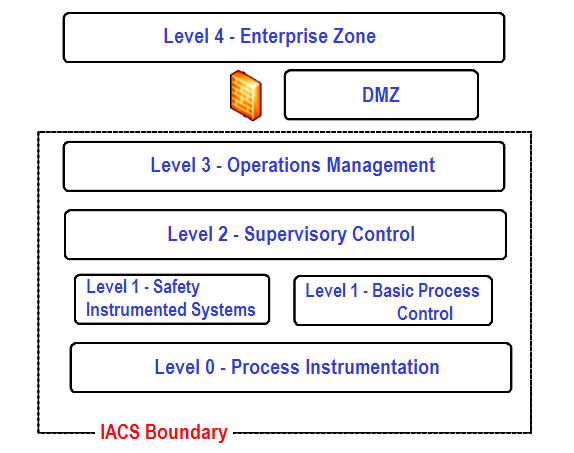Architectures represented are based on the IEC 62443 Industrial Automation and Control Systems (IACS) architecture reference model. The basic model consists of 5 levels.

Figure 1: An Architecture reference model
It is the Process or equipment under control
It includes the Controllers/PLCs that provide basic control, safety and protection functions
It includes supervisory control functions and includes devices such as HMIs, Operating workstations, Engineering Workstations, Historians, Application Servers, Engineering Databases, etc.
It includes the operations management functions such as domain controller, backup server, antivirus and patch management, etc.
It refers to the Enterprise systems
Source: International Association of Oil & Gas Producers
Acknowledgments: IOGP Instrumentation and Automation Standards Subcommittee (IASSC) Remote Operating Centres Task Force.
The PLC panel and MCC panel interface signals are start, stop, run feedback, trip, local…
In this article, we are going to discuss about shutter door control using induction motor…
Electrical Drives control the motion of electric motors. Motion control is required in industrial and…
PLC ladder logic design to control 3 motors with toggle switch and explain the program…
VFD simulator download: Master the online tool from the Yaskawa V1000 & programming software for…
The conveyor sorting machine is widely used in the packing industries using the PLC program…